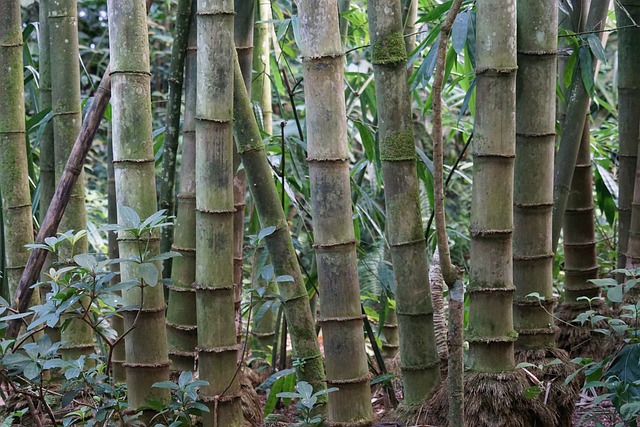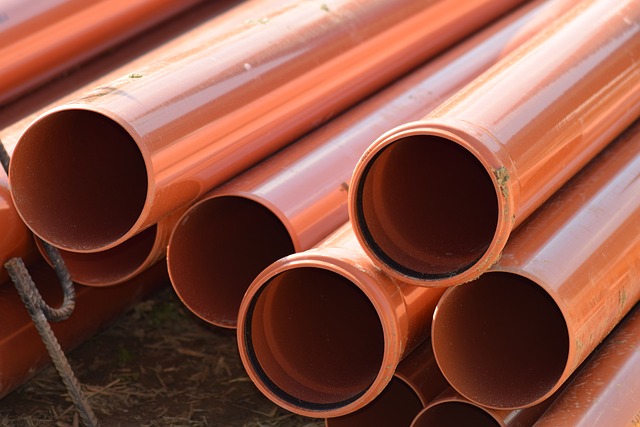Building your dream home is an exciting journey, and today, more than ever, homeowners are choosing to make sustainability a core part of their plans. According to West German Zeitung, one of the most impactful ways to create an eco-friendly home is by carefully selecting the building materials. In this article, we’ll explore some of the best sustainable options available, helping you make choices that are kind to both your home and the planet.
Why Choose Eco-Friendly Building Materials?
Before discussing specific materials, let’s consider why eco-friendly building options are so important. Traditional construction materials can have significant environmental impacts, from resource depletion to energy consumption during production and transportation. By opting for sustainable alternatives, you’re reducing your carbon footprint and often increasing your home’s energy efficiency and longevity. Eco-friendly materials often have additional benefits, like better indoor air quality, reduced maintenance costs, and enhanced resale value. Knowing you’ve built your dream home with the planet in mind can bring a deep sense of satisfaction.

Top Eco-Friendly Building Materials
Bamboo
Bamboo is a superstar in the world of sustainable building materials. It’s incredibly strong, grows rapidly, and can be harvested without killing the plant, making it a renewable resource. Bamboo can be used for flooring, cabinetry, and even structural components. Bamboo’s fast growth rate and renewability make it a low-impact material. It’s also durable and stylish, adding a unique touch to your home’s design.
Reclaimed Wood
Using reclaimed wood is a beautiful way to bring character and history into your home while also reducing the demand for new timber. This wood is often sourced from old buildings, barns, and factories, and it can be used for anything from flooring to furniture. Reclaimed wood not only prevents waste but also adds a unique, rustic charm to your home. Each piece has its own story and can make your home truly one-of-a-kind.
Recycled Steel
Steel is a durable and strong material commonly used in construction, but its production can be energy-intensive. By choosing recycled steel, you’re giving new life to existing materials and reducing the need for raw resources. Recycled steel is just as strong as new steel but has a much lower environmental impact. It’s perfect for framing and structural support in your home.
Cork
Cork is harvested from the bark of cork oak trees, which naturally regenerate, making it a renewable resource. It’s an excellent choice for flooring due to its softness, insulation properties, and natural resistance to mold and pests. Cork is not only sustainable but also provides comfort underfoot, making it ideal for living spaces and bedrooms. It’s also a great insulator, helping to keep your home warm in the winter and cool in the summer.
Straw Bale
Straw bales are a surprisingly effective building material. They can be used as insulation or as a structural element when plastered with clay or lime. Straw is a byproduct of agriculture, making it an abundant and renewable resource. Straw bale construction offers excellent insulation, reducing the need for heating and cooling. It’s also biodegradable, making it a great choice for those looking to minimize environmental impact.
Low-VOC Paints
When it comes to finishing your home, low-VOC (Volatile Organic Compounds) paints are a must. Traditional paints can release harmful chemicals into the air, but low-VOC options are much safer for both the environment and your health. Low-VOC paints contribute to better indoor air quality, reducing health risks and creating a healthier living environment for your family.

Tips for Choosing Sustainable Materials
Research Your Options
Take the time to learn about the materials you’re considering. Look for certifications like FSC (Forest Stewardship Council) for wood or Cradle to Cradle for other products, which indicate sustainable sourcing and manufacturing.
Think Long-Term
Sustainable materials might have a higher upfront cost, but they often save money in the long run through energy efficiency and durability.
Local Sourcing
Whenever possible, choose materials that are sourced or manufactured locally. This reduces transportation emissions and supports local economies.
Consult Experts
Work with builders and architects who have experience in sustainable construction. They can help you make informed decisions and avoid common pitfalls.
In Conclusion
Building a sustainable dream home is about more than just choosing eco-friendly materials; it’s about making decisions that reflect your commitment to the environment and future generations. By incorporating sustainable building materials like bamboo, reclaimed wood, recycled steel, and more, you’re taking a significant step towards creating a home that’s not only beautiful and functional but also kind to the planet.
Comments are closed